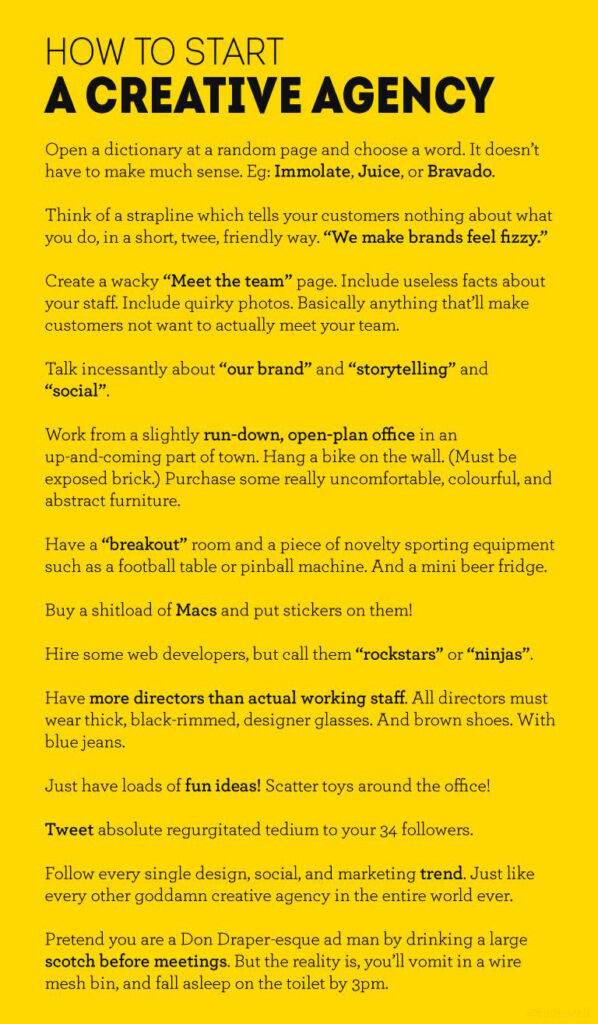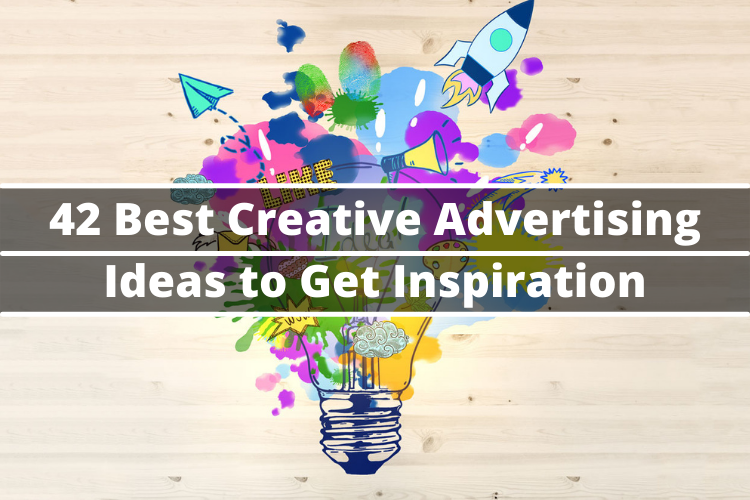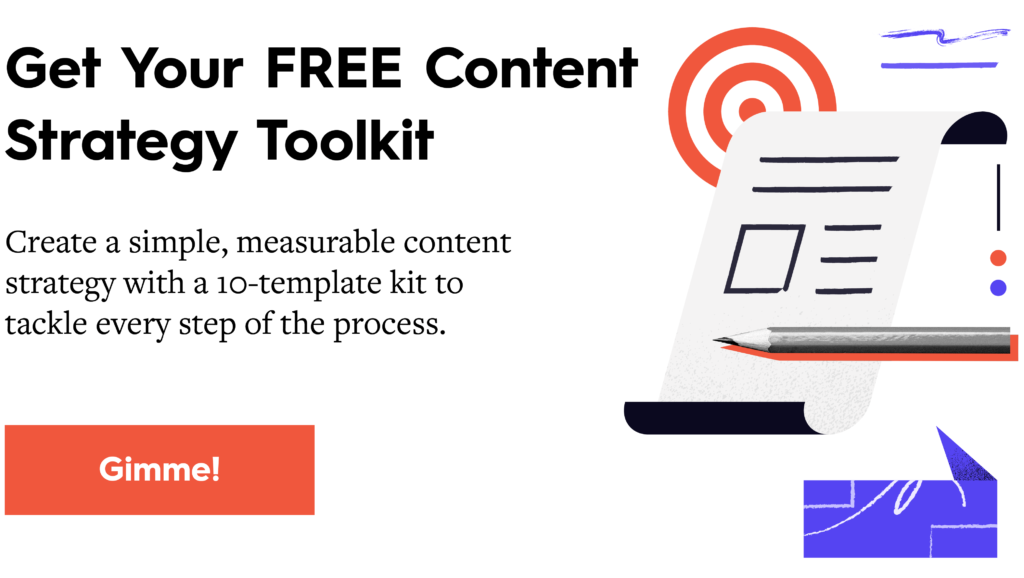
Have you ever wondered how advertising agencies manage to consistently come up with creative and captivating ideas? It seems like every advertisement we see on TV, billboards, or social media is brimming with ingenious concepts that grab our attention and linger in our minds. But how exactly do they do it? In this article, we will explore the fascinating process behind how advertising agencies generate those innovative ideas that leave a lasting impact on us as consumers.

Brainstorming
Creating a diverse team
When it comes to brainstorming, creating a diverse team is crucial. By bringing together individuals with different backgrounds, perspectives, and skills, you can tap into a wide range of ideas and insights. A diverse team can offer fresh and unique perspectives that can spark creativity and lead to innovative solutions. Consider including individuals from different departments, such as marketing, design, and copywriting, as well as people from different age groups and cultural backgrounds. Having a diverse team ensures that a variety of experiences and viewpoints are represented, ultimately leading to more creative ideas.
Setting clear goals
Setting clear goals is essential for effective brainstorming. Before you dive into the brainstorming session, it’s important to define the objectives and outcomes you want to achieve. This helps to focus the team’s efforts and ensures that everyone is working towards a common goal. Clearly communicate the problem or challenge that needs to be addressed and provide any relevant background information. By setting clear goals, you give your team a sense of direction and purpose, which can enhance the effectiveness of your brainstorming session.
Utilizing creative techniques
There are numerous creative techniques that advertising agencies can use to foster brainstorming and generate innovative ideas. Some popular techniques include mind mapping, role-playing, random word generation, and SCAMPER (Substitute, Combine, Adapt, Modify, Put to another use, Eliminate, Rearrange) method. These techniques help to break away from traditional thinking and encourage participants to think outside the box. By incorporating these creative techniques into your brainstorming sessions, you can stimulate fresh ideas and uncover unexpected solutions.
Research
Understanding the target audience
In order to create effective advertising campaigns, it is crucial to have a deep understanding of the target audience. This includes their demographics, behaviors, interests, and needs. Conducting research to gather insights about the target audience helps agencies tailor their messaging and creative concepts to resonate with the intended audience. This can be done through surveys, interviews, focus groups, and analyzing available data. Understanding the target audience allows agencies to connect with them on a deeper level and create campaigns that are relevant and compelling.
Studying competitors
Studying competitors is an important aspect of the research process for advertising agencies. By analyzing what competitors are doing, agencies can gain insights into industry trends, identify gaps in the market, and find ways to differentiate themselves. It’s important to understand the strategies and tactics that competitors are using to engage with their target audience. This information can serve as inspiration and guidance when developing creative ideas and campaigns. Analyzing competitors’ advertising efforts can also help agencies identify potential pitfalls and avoid repeating similar tactics.
Exploring industry trends
Staying up-to-date with industry trends is essential for advertising agencies to remain competitive and innovative. By exploring industry trends, agencies can identify emerging technologies, changing consumer behaviors, and new marketing strategies. This knowledge helps agencies adapt their creative approaches and stay ahead of the curve. Keeping a pulse on industry trends can be done through reading industry publications, attending conferences, and participating in industry forums. By actively seeking out industry trends, advertising agencies can ensure that their creative ideas are timely and relevant.
Client Collaboration
Understanding client objectives
To develop effective creative ideas, it is essential for advertising agencies to have a clear understanding of their client’s objectives. This includes understanding their overall business goals, target audience, and desired outcomes. By understanding the client’s objectives, agencies can tailor their creativity to align with the client’s vision and expectations. This understanding is often achieved through open and transparent communication with the client. Engaging in thorough discussions and asking clarifying questions can help agencies gain insight into the client’s objectives and ensure that the creative ideas are aligned with their expectations.
Incorporating client input
Collaborating with clients is an integral part of the creative process in advertising agencies. Clients often have valuable insights and perspectives that can contribute to the development of creative ideas. By incorporating client input into the brainstorming and creative development process, agencies can ensure that the final output resonates with the client’s vision and goals. This collaboration can take various forms, including client feedback sessions, regular check-ins, and creative presentations. By involving clients in the process, agencies can create a sense of ownership and partnership, which can lead to more successful creative outcomes.
Maintaining open communication
Maintaining open and ongoing communication with clients throughout the creative process is essential for advertising agencies. Regular check-ins and updates help agencies stay aligned with the client’s expectations and ensure that any changes or adjustments can be made in a timely manner. Open communication also allows for the exchange of ideas, feedback, and suggestions, fostering a collaborative and trusting relationship. By keeping the lines of communication open, advertising agencies can avoid miscommunications, ensure client satisfaction, and deliver creative ideas that meet the client’s needs.
Creative Briefs
Defining the project scope
Creating a comprehensive creative brief is an important step in the creative process for advertising agencies. The creative brief outlines the project scope, including the goals, target audience, key messaging, deliverables, and timelines. Defining the project scope clearly and concisely helps to provide a roadmap for the creative team and ensures that everyone is on the same page. It establishes the boundaries and parameters within which the creative ideas will be developed, allowing for a more focused and efficient brainstorming process.
Identifying key messaging
Identifying key messaging is a critical part of creating effective advertising campaigns. The key messages convey the core value proposition and the main points that need to be communicated to the target audience. By clearly identifying the key messaging in the creative brief, agencies can ensure that the creative ideas are aligned with the intended communication objectives. This helps to create a cohesive and impactful campaign that effectively engages the target audience.
Establishing creative guidelines
Establishing creative guidelines in the creative brief provides a framework for the creative team to work within. These guidelines can include design preferences, brand tone of voice, color schemes, and any other visual or auditory elements that need to be considered. By establishing these guidelines, agencies can ensure that the creative ideas are consistent with the client’s brand and overall marketing strategy. This helps to create a unified and cohesive campaign that resonates with the target audience and represents the client’s brand effectively.

Observing Consumer Behavior
Conducting market research
Conducting market research is an essential step in understanding consumer behavior and finding insights that can inform creative ideas. Market research helps advertising agencies identify consumer preferences, behaviors, and trends. It can involve analyzing data from surveys, focus groups, social media platforms, or purchasing patterns. By conducting thorough market research, agencies gain valuable insights that can guide their creative strategies and help them develop ideas that resonate with the target audience.
Analyzing consumer insights
Analyzing consumer insights is a vital part of the creative process for advertising agencies. By delving deeper into consumer behavior and preferences, agencies can identify patterns, motivations, and pain points. This understanding enables agencies to create more impactful and relevant creative ideas that connect with consumers on an emotional level. Analyzing consumer insights allows agencies to tap into the desires and needs of the target audience, making the creative ideas more compelling and effective.
Identifying consumer needs and desires
Identifying consumer needs and desires is a key aspect of developing creative ideas that resonate with the target audience. By understanding what consumers want and what motivates them, agencies can create messaging and concepts that address those needs and desires. This can be accomplished through consumer surveys, focus groups, and other research methods. By identifying consumer needs and desires, agencies can develop creative ideas that are not only visually appealing but also meaningful and relevant, leading to more successful advertising campaigns.
Inspiration from Art and Culture
Exploring various forms of art
Art has always been a source of inspiration for creativity, and advertising agencies often draw inspiration from various forms of art. By exploring different art mediums such as painting, sculpture, photography, and graphic design, agencies can find new perspectives and ideas. Art has the ability to evoke emotions, tell stories, and capture attention, which are elements that advertising campaigns strive to achieve. By immersing themselves in the world of art, agencies can find inspiration that sparks their creativity and helps them develop unique and captivating advertising ideas.
Studying different cultures
Cultural diversity brings a wealth of inspiration for creative ideas. Advertising agencies often look to different cultures for inspiration, as they offer unique perspectives, traditions, and aesthetics. By studying different cultures, agencies can gain a deeper understanding of their values, customs, and beliefs. This understanding can be translated into advertising campaigns that resonate with specific cultural groups, allowing the agency to create targeted and culturally sensitive ideas. Studying different cultures also allows agencies to create campaigns that celebrate diversity and inclusion, which can be appealing to a broader audience.
Drawing ideas from literature and music
Literature and music are rich sources of inspiration for advertising agencies. By exploring literature and music, agencies can tap into the power of storytelling, emotions, and symbolism. Literature exposes agencies to narratives, characters, and themes that can be translated into advertising campaigns. Music, on the other hand, can evoke emotions and set the tone for creative ideas. Drawing ideas from literature and music helps agencies create campaigns that are not only visually appealing but also captivating and engaging on a deeper level.

Embracing Technology
Utilizing digital tools
In today’s digital age, advertising agencies have access to a wide range of digital tools that can enhance creativity and streamline the creative process. From graphic design software to video editing tools, these digital tools provide agencies with the means to bring their creative ideas to life. Digital tools offer advanced features, flexibility, and efficiency, enabling agencies to experiment with different concepts and iterate quickly. By utilizing digital tools, advertising agencies can create visually stunning and technologically innovative campaigns that capture the attention of the target audience.
Implementing data-driven strategies
Data-driven strategies are becoming increasingly important in the advertising industry. By leveraging data and analytics, agencies can gain insights into consumer behavior, preferences, and buying patterns. This data can guide the development of creative ideas and help agencies create campaigns that are more targeted and personalized. Data-driven strategies also allow agencies to measure the effectiveness of their creative ideas and make real-time adjustments to optimize their campaigns. By implementing data-driven strategies, advertising agencies can create campaigns that are not only creative but also impactful and results-driven.
Leveraging social media platforms
Social media has revolutionized the advertising landscape, offering new opportunities for creativity and engagement. Advertising agencies can leverage social media platforms to reach a broader audience, generate buzz, and interact with consumers in real time. Social media platforms provide a unique space for agencies to showcase their creativity through visual content, videos, and interactive experiences. By capitalizing on the features and capabilities of social media platforms, agencies can create engaging and shareable content that amplifies the reach and impact of their creative ideas.
Continual Learning
Attending industry conferences
Attending industry conferences is a valuable way for advertising professionals to stay updated with the latest trends, technologies, and best practices. Conferences offer opportunities to hear from industry experts, network with peers, and gain inspiration from cutting-edge campaigns. By attending conferences, advertising agencies can expand their knowledge, stay ahead of the competition, and find new sources of inspiration for creative ideas. The insights gained from conferences can inform the creative process and help agencies deliver fresh and innovative campaigns to their clients.
Participating in workshops
Workshops provide a hands-on learning experience where advertising professionals can refine their skills and explore new creative techniques. Workshops offer an interactive setting where participants can collaborate, experiment, and learn from industry experts. By participating in workshops, advertising agencies can hone their creative abilities, learn new tools and techniques, and gain practical insights that can be applied to their creative projects. Workshops also provide an opportunity for agencies to connect with like-minded professionals and foster a culture of continual learning and growth.
Engaging in professional development
Professional development is crucial for advertising agencies to stay at the forefront of the industry and continuously improve their creative output. This can include attending seminars, taking online courses, obtaining certifications, or pursuing advanced degrees. Engaging in professional development allows agencies to enhance their skills, broaden their perspectives, and explore new areas of expertise. By investing in the professional development of their team members, advertising agencies can nurture a culture of continuous learning and innovation, which ultimately leads to more creative and successful campaigns.

Encouraging Creativity
Providing a stimulating work environment
Creating a stimulating work environment is essential for fostering creativity within advertising agencies. This includes providing a space that inspires and motivates the creative team, whether through unique office designs, collaborative workspaces, or access to resources and tools. Encouraging a positive and supportive workplace culture also plays a key role in stimulating creativity. By promoting open communication, trust, and a sense of psychological safety, advertising agencies can create an environment where team members feel comfortable and empowered to share their ideas and take risks.
Offering incentives for innovative ideas
Incentives can be a powerful tool to encourage creativity within advertising agencies. By offering rewards or recognition for innovative ideas, agencies can motivate their team members to think outside the box and come up with creative solutions. Incentives can take many forms, such as monetary bonuses, extra vacation days, or public recognition. These incentives not only encourage creativity but also demonstrate the agency’s appreciation for the hard work and innovative thinking of its team members.
Fostering a culture of experimentation
Creating a culture of experimentation is crucial for encouraging creativity within advertising agencies. This involves embracing failure as an opportunity for growth and learning. By encouraging team members to take risks, experiment with new ideas, and learn from mistakes, agencies can create an environment that values and rewards creativity. This culture of experimentation encourages team members to think creatively, explore uncharted territories, and push the boundaries of what is possible. Through experimentation, advertising agencies can unlock new and innovative creative ideas that make a lasting impact on their clients and the industry.
Collaboration and Feedback
Brainstorming with colleagues
Collaboration is a key aspect of the creative process within advertising agencies. By brainstorming with colleagues, team members can bounce ideas off one another, build upon each other’s suggestions, and generate a diverse range of perspectives. Brainstorming sessions can be informal or more structured, depending on the needs of the team. By fostering a collaborative environment, advertising agencies can tap into the collective creativity of their team members and develop truly innovative and impactful ideas.
Receiving feedback from team members
Feedback plays a crucial role in the creative process. By receiving feedback from team members, advertising agencies can gain valuable insights, identify areas for improvement, and refine their creative ideas. Constructive feedback helps to ensure that the creative ideas are aligned with the objectives and expectations of the project. It also fosters a culture of continuous improvement and growth within the agency. By actively seeking and valuing feedback from team members, advertising agencies can refine and strengthen their creative ideas, ultimately delivering better results for their clients.
Iterative process of idea development
The creative process is often iterative, involving the continuous refinement and development of ideas. Advertising agencies often go through multiple rounds of revisions, feedback, and adjustments before settling on the final creative concept. This iterative process allows for the exploration of different possibilities and perspectives. It also ensures that the creative ideas are refined and polished to meet the client’s objectives. The iterative process is driven by collaboration, feedback, and a commitment to excellence, enabling advertising agencies to continuously enhance their ideas and deliver outstanding creative campaigns.






